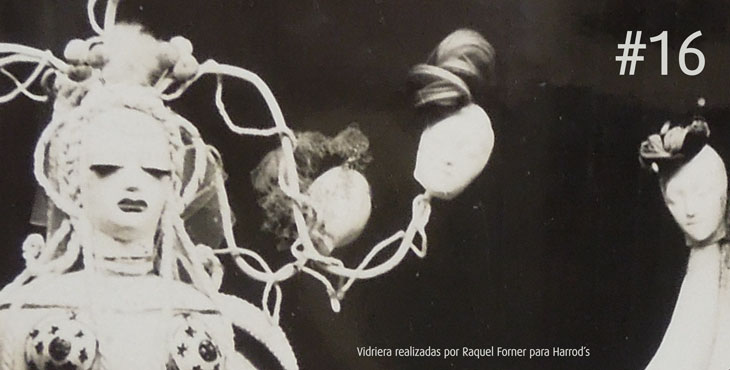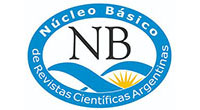Woman figure in two Ottoman miniature painters
Keywords:
Female figure, gender, Levni, BuhariAbstract
This paper aims to display of woman figure in two 18th century Ottoman painters’ works –Abdulcelil Levni and Abdullah Buhari– in terms of art, gender and cultural encounters. My thesis is that although these paintings reveal many important points about the period such as sexuality, gender, perception of woman, symbolic meanings of dresses, sociocultural hierarchies, visual and contextual changes from past to 18th century and also within the century, it should be investigated that how wecan scent out similarities of gender issue in focus of female figures in the Ottoman world with theother variations of it for example in Safavid and Greek women representations. In this way, it can bepossible to explain this viewpoint with the concepts of encounter, mobility and connection. Thus, thispaper’s scope will consist of a struggle to reclaim historical, cultural and artistic perspectives over themain topic.Downloads
Downloads
Published
How to Cite
Issue
Section
License
According to these terms, the material can be copied and redistributed by any means or in any format as long as a) the author and original source of the publication are quoted (magazine and URL of the work), access to the license is provided and whether changes have been made is mentioned; and b) the material is not used for commercial purposes.
The cession of non-exclusive rights means that after the publication (post print) in Boletín de Arte the authors can publish their work in any language, means and format; in such cases it must be mentioned that the material was originally published in this magazine.
Such cession also means the authorization of the authors for the work to be collected by SEDICI, the institutional archive of the National University of La Plata, and to be spread in the databases that the editorial team considers appropriate to increase the visibility of the publication and its authors.
Moreover, the magazine encourages the authors to deposit their productions in other institutional and thematic archives under the principle that offering the society the scientific and academic production without any restrictions contributes to a greater exchange of the global knowledge.
































